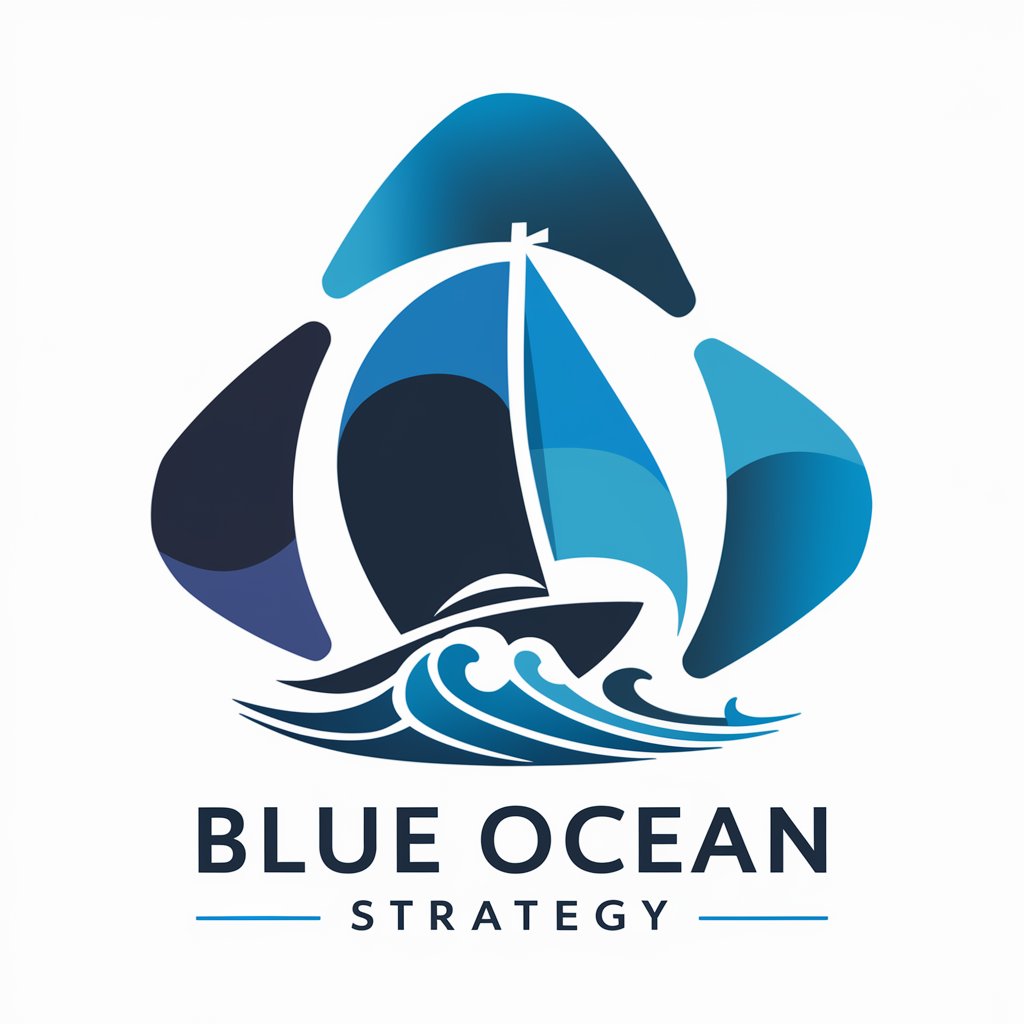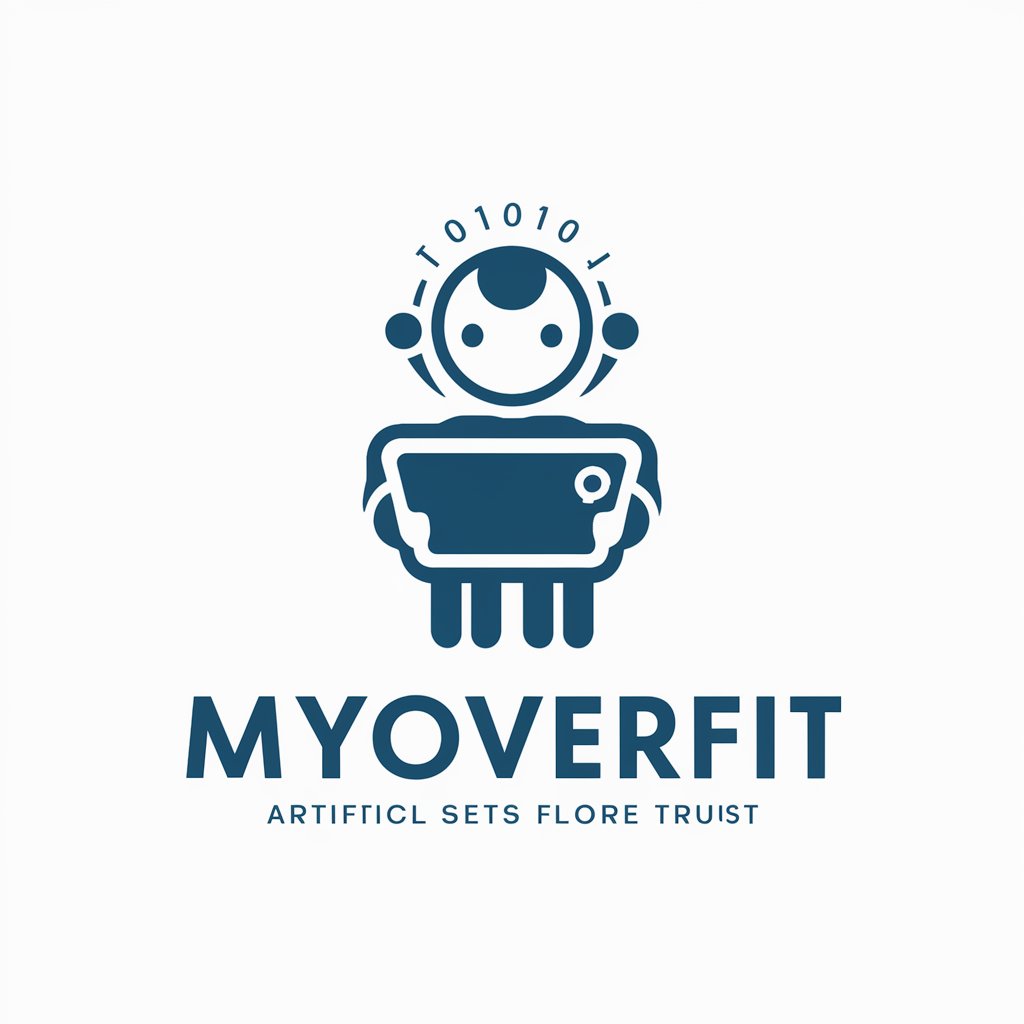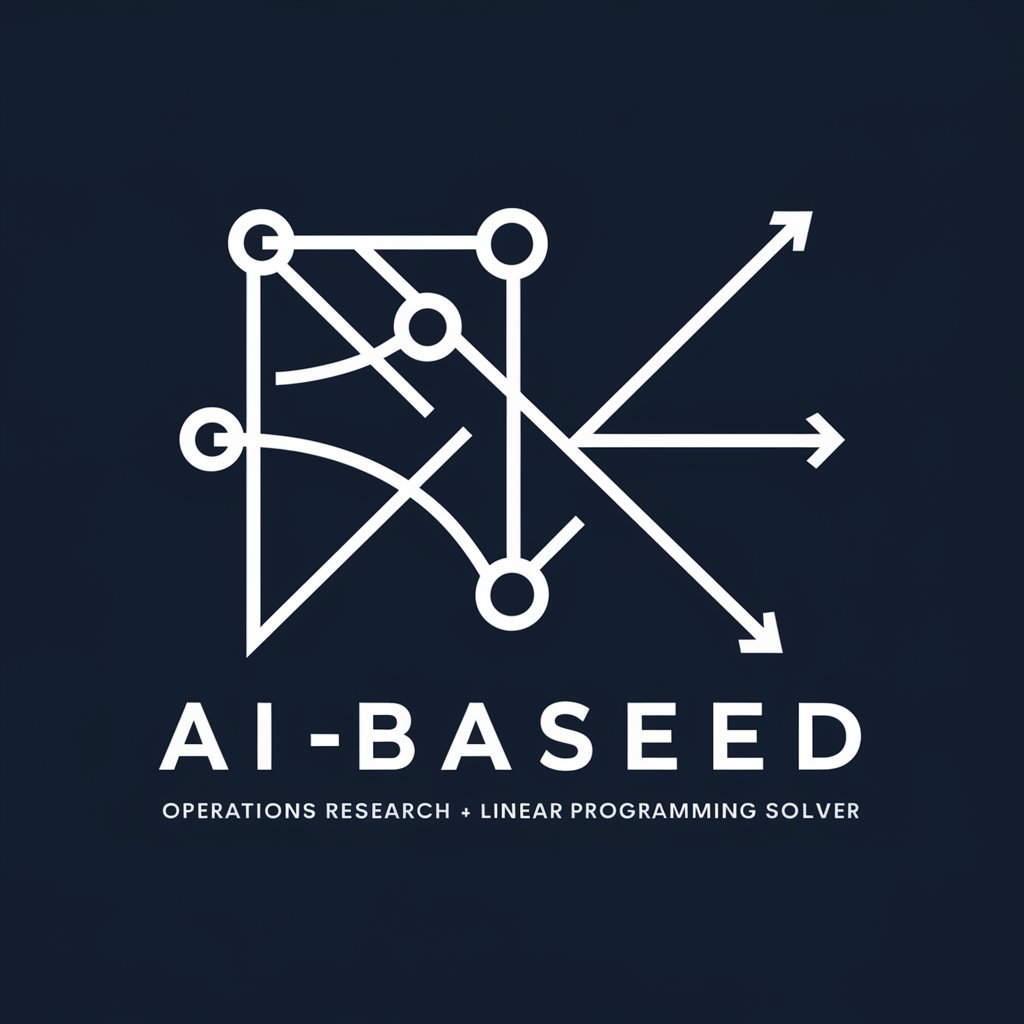Blue Ocean Strategy - AI-powered market innovation.

Welcome! Let's explore how to navigate and create new market spaces together.
Unlock New Market Spaces with AI.
What are some innovative ways to create a blue ocean in the tech industry?
How can companies in traditional industries find new market spaces?
Discuss the risks and rewards of implementing a blue ocean strategy in a saturated market.
Give an example of a successful blue ocean strategy and analyze why it worked.
Get Embed Code
Overview of Blue Ocean Strategy
Blue Ocean Strategy is a business approach that emphasizes creating new market spaces (or 'blue oceans') that are ripe for innovation and largely unexploited by competition. This strategy diverges from traditional approaches that focus on battling competitors in existing markets ('red oceans'). The fundamental aim is to unlock new demand and make the competition irrelevant by offering unique value innovations that attract both existing and new customers. Examples include Cirque du Soleil, which redefined the circus industry by merging theater and circus to create a new form of entertainment, and Nintendo’s Wii, which expanded the gaming market to include non-traditional gaming demographics through innovative, user-friendly gaming technologies. Powered by ChatGPT-4o。

Core Functions of Blue Ocean Strategy
Value Innovation
Example
Apple's introduction of the iPhone
Scenario
Apple didn't just improve on existing smartphones; they combined a phone, an iPod, and an Internet communicator, thereby creating a new market space that addressed unmet customer needs and set new industry standards.
Eliminate-Reduce-Raise-Create (ERRC) Grid
Example
Yellow Tail wines simplified wine for mass consumption
Scenario
Yellow Tail used the ERRC grid to eliminate wine complexity and connoisseurship, reduced aging quality focus, raised ease of selection and enjoyment, and created a fun, approachable brand, tapping into a broader customer base.
Strategy Canvas
Example
Southwest Airlines' low-cost model
Scenario
Southwest Airlines used the strategy canvas to visualize how it could differentiate from traditional carriers by eliminating assigned seating, reducing meal services, raising frequency of no-frills flights, and creating a friendly, efficient service model.
Target Users of Blue Ocean Strategy
Entrepreneurs and Startups
These users are often in the initial stages of business development and are looking for innovative ways to enter the market with a distinct advantage. Blue Ocean Strategy helps them to think outside traditional market boundaries and create new spaces.
Established Corporations
Large organizations seeking to explore new growth areas or redefine existing ones benefit from Blue Ocean Strategy to avoid price wars in saturated markets and to unlock new value for customers and themselves.
Non-Profit Organizations
Non-profits can apply Blue Ocean Strategy to create innovative ways to serve their causes, often with limited resources, by differentiating their service offerings in ways that uniquely meet the needs of their constituents.

Guidelines for Using Blue Ocean Strategy
1. Visit yeschat.ai for a free trial without login, also no need for ChatGPT Plus.
Access the platform to explore and experience Blue Ocean Strategy tools without any login requirements or paid subscriptions.
2. Understand Your Market and Customers
Conduct thorough market research to identify existing pain points, customer preferences, and gaps in the current market offerings. This foundational knowledge is critical for identifying potential blue oceans.
3. Utilize Strategic Tools and Frameworks
Apply Blue Ocean Strategy tools such as the Strategy Canvas and Four Actions Framework to visualize and assess the competitive landscape, identify non-customers, and uncover new value propositions.
4. Innovate and Develop New Value Propositions
Focus on innovation to create unique value propositions that differentiate your offerings from competitors. This involves eliminating factors the industry takes for granted, reducing factors below industry standards, raising factors above industry standards, and creating new factors the industry has never offered.
5. Test, Implement, and Iterate
Test your new strategy in the market, gather feedback, and refine your approach. Successful Blue Ocean strategies require continuous iteration and adaptation based on real-world responses and changing market conditions.
Try other advanced and practical GPTs
Java 大师
Empowering your Java journey with AI.

MyOverfit
AI-Powered Solutions for Your Queries

Manim Engineer
Animating your ideas with AI

Excel Price List Comparer
AI-powered tool for Excel price list comparisons.

Fitness Trainer & Nutritionist
Empower your fitness journey with AI-driven guidance.

책너두맨
Empower your understanding with AI-driven summaries

Lark Base Thinker
Streamline data with AI-powered tools

Alchemy Coding
Coding Made Smart with AI

Joke Writer
Unleash Humor with AI

🚌Children's Affirmation Book Assistant🖍️
Empowering Young Minds Creatively
Operations Research / Linear Programming Solver
Optimize decisions with AI power

Teo Presenta
AI-powered presentations made easy

Frequently Asked Questions about Blue Ocean Strategy
What is the main goal of Blue Ocean Strategy?
The primary goal of Blue Ocean Strategy is to create uncontested market space, making the competition irrelevant by introducing unique and innovative products or services that open up new demand.
How can Blue Ocean Strategy benefit a business?
Blue Ocean Strategy can significantly benefit a business by allowing it to tap into new markets, reduce competition, increase profitability, and enhance customer satisfaction through innovative and differentiated offerings.
What are some examples of successful Blue Ocean Strategies?
Examples include Cirque du Soleil, which redefined circus entertainment by combining it with theatrical elements, and Nintendo's Wii, which targeted non-gamers with motion-sensing technology and family-friendly games.
What are the risks associated with Blue Ocean Strategy?
Risks include misjudging market demand, the challenge of sustaining innovation, potential high costs of development and marketing, and the possibility of rapid imitation by competitors.
How does Blue Ocean Strategy differ from traditional competitive strategies?
Unlike traditional competitive strategies that focus on outperforming rivals within an existing market, Blue Ocean Strategy emphasizes creating new market spaces and demand, making the competition irrelevant by offering unique value propositions.
